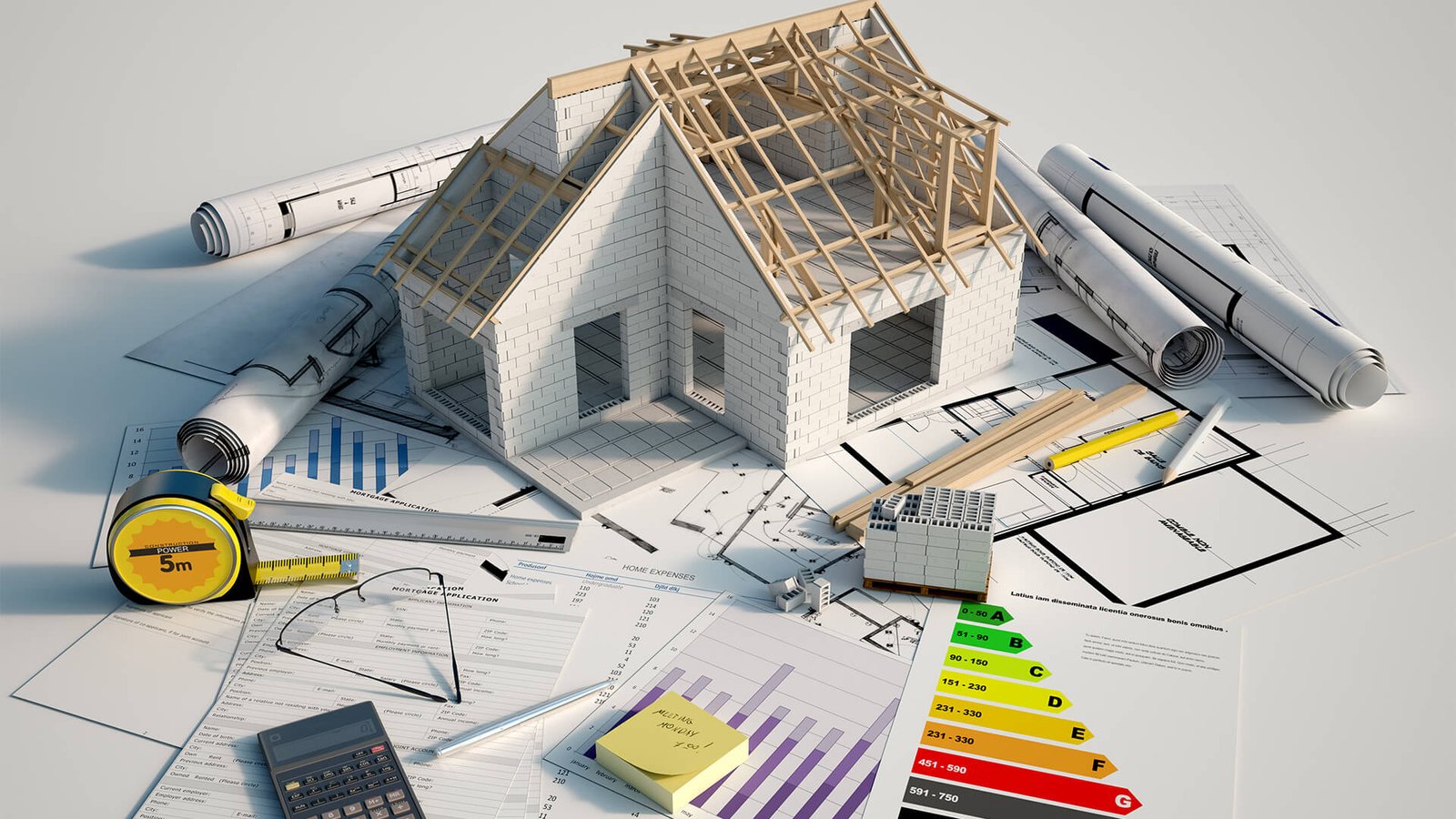
The Concept of Quality in the Construction Industry
The Concept of Quality in the Construction Industry
When looking at the construction sector, quality appears in different dimensions. Although the quality of the final product, the building, is mentioned here, the quality of the process can be questioned.
One product-oriented concept belongs to Garvin, who defines eight dimensions of quality as performance, features, reliability, compatibility, durability, serviceability, aesthetics, and perceived quality (Evans and Lindsay 1991). When the building, which is a product in the construction industry, is examined in terms of these quality dimensions, the meaning of the concept of quality building becomes clear.
• Performance: First of all, the building must be suitable for its function and meet the customer's expectations, that is, it must show the expected performance. Locations, areas and relationships of functions within the building, acoustics, lighting, heating, ventilation, etc. required by the functions. Conditions greatly affect building quality. If these characteristics are provided at or above the expected levels according to human needs, then the most important quality condition of that building can be said to be met.
• Characteristics: The structural and technical characteristics of building components affect the quality of the building. The technique chosen for the construction of the building, the characteristics of the materials to be used, the compatibility of these materials with each other, the solution of connections, etc. Features affect the quality of the building.
• Reliability: When we look at the concept of a quality product from a general point of view, it should provide assurance that the product will fulfill the expectations. This is, first of all, a guarantee that the building can live for a certain period of time and perform its functions without any problems. During the use of the building, the stability of the building, the materials should not deteriorate and not be harmful to health, meet the required physical conditions, be resistant to fire and earthquake, etc. Its features should give confidence to the user.
• Compatibility: The building design, construction techniques, materials to be used, style and other aesthetic features should be compatible with the function of the building and the environmental characteristics, depending on the expectations of the customers. It is very important to design the building in accordance with the functions to be included, according to customer expectations, and the environment in which the building will be located is also effective in the design. This requires defining customer expectations, preparing detailed needs lists and identifying environmental characteristics before design.
• Durability: The durability of the building has an important place in the concept of quality. It is important to keep the entire building, the materials used and the details as it was on the first day for as long as possible. The presence of details and materials that wear out in a short period of time and require repair or replacement will lead to the identification of buildings as poor quality. In addition, depending on the geological characteristics of the land where the building will be located, it is very important that the construction techniques of the building, the materials used and the details are resistant to fire and earthquake.
• Serviceability: Serviceability is the presence of necessary features in a building to solve problems that may arise during use. For example, features such as easy access to the roof in case of a problem with the roof, adequate space for repairs or a fire escape in case of fire, its location, easy accessibility. , and compliance with standards should be considered in advance. As the life of the building increases, problems become inevitable. However, preparing solutions in advance to easily solve these problems as soon as possible will affect the quality of the building.
• Aesthetics: Another important feature for building quality is aesthetics. The building should please the users and provide their visual pleasure. This includes the design of the building, the materials used, their harmony with each other, selected colors, decorative elements, etc. This is a concept related to properties. The word aesthetic is one of the most important terms often mentioned together with architecture, and it means the ability to appeal to the senses. Of course, tastes will differ. The important thing is to meet as many of these different expectations as possible.
• Perceived quality: It is the degree of satisfaction the customer feels about the quality of the building. It's a relative term, and that's because people have different values.
Within the quality building concept, the construction company must guarantee its customers that these concepts will be included in the buildings it will produce.
Two other dimensions of the concept of quality in the construction industry are design quality and fitment quality.
Design quality is the incorporation of customer expectations into building design. Conformance quality is the ability of a building to meet customer expectations after construction.
